I normally write in The Nature of Cities about biocultural diversity, particularly related to the developing world, but in light of recent events, I would like to ask the reader’s indulgence in my writing about a slightly different topic, and maybe even getting on my soapbox a little. In the U.S., landscapes where subsidies have promoted dependence on one industry are the same ones registering feelings of alienation and degradation. Why?
It is tempting to point out here, like so many have already, the glaring inconsistencies in claims that the new President understands and speaks for rural America when, to many, he looks more like an extremely privileged urban elite who has gotten rich playing with other people’s money. The irony is not lost on us that so much breath has been expelled—about a candidate who would stop the government from coddling self-identified underprivileged groups—by those exact groups, shouting about an establishment that they did not feel considered them to be its highest priority. These debates will go on, and on, and on. But for now, I would like to suggest that we can treat this feeling of dissatisfaction as real, whether we think it is justified or not. And if so, maybe we can take a moment to think about the American landscape as a place where people live and work and find their identity and produce things, and what can be done to make it a good place for all of this to happen.
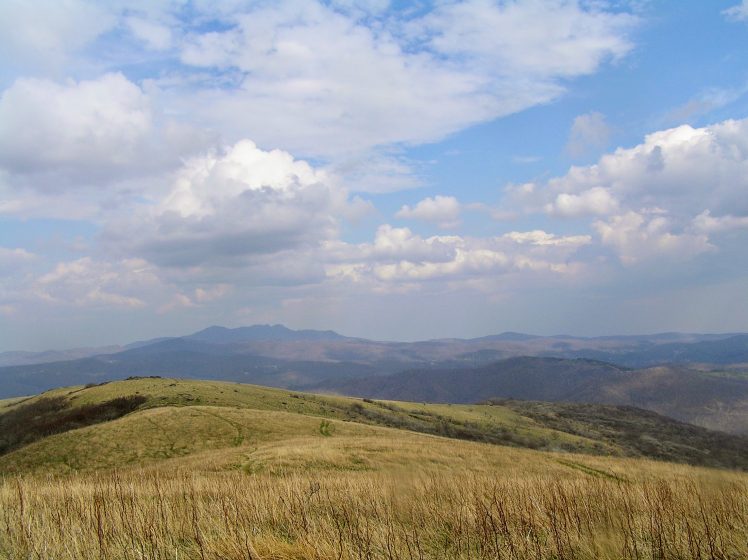
I have already hinted at some of the problems felt in ex-urban, peri-urban, and rural areas in the United States. The perception is that decision-makers in the U.S., particularly those coastal urban elites, have been ignoring rural America for decades; this has resulted in a steady outflow of economic and social capital from the landscape, with jobs being outsourced to other countries, and factories and other places of business abandoned; big-box retailers owned by rich outsiders are empowered to move in and force small enterprises out of business, making the employment situation even worse; without jobs, people have little to give meaning and structure to their lives, and turn to medicating themselves with hours of mind-numbing TV or video games or, worse, drugs; communities cannot thrive with their members living like this, causing family and other social structures to fall apart; and so the landscape becomes a place of little hope, its people holding on as best they can, hoping things will somehow get better again, and looking for a different kind of decision-maker, someone who will make great things happen for them.
In the face of this perception, an overriding theme in 2016 was that this is not what America is supposed to be like. Americans, perhaps to a fault, think of their land as a “great” country, in many ways the most advanced nation in the world. This contrasts with the description I have just given of problems in the American landscape, which do not sound all that different from those facing the rest of the world, even in many developing countries. If the plight of the American landscape is really that bad, then, the time may have come to consider applying lessons more commonly found in the sustainable development field when we think about how to revitalize that landscape.
With all this talk of the American “landscape”, it is notable that a hot topic in fields including nature conservation and sustainable development over the past few years has been the idea of the “landscape approach”. This term is, at least in my experience, generally applied to work in developing countries, or else in places where some kind of historical or biocultural landscape has been found since time immemorial. Still, since it is used in many diverse parts of the world, it is important to keep in mind that it is not a single agreed-upon “the” landscape approach, but rather a general concept of making the basic unit for resource management, decision-making, conservation, and other goals a “landscape”, rather than, for example, an administrative unit such as a municipality or a county. One consequence of using the landscape as the basic unit is that it requires consideration of all factors affecting the landscape, both internal and external. The term “integrated landscape management” is often used in this regard—where “integrated” means accounting for and including as many different stakeholders, interests, ecosystem functions, levels of governance, and so on, as possible in management decision-making. In this sense, “integrated landscape management” is essentially synonymous with “landscape approach”, at least for the purposes of this essay.
A quick note may be helpful here about the term “landscape” itself. There is a bit of semantic slippage between the sense of “the landscape” and “a landscape”, the former being a broader and more abstract concept of the way the world looks from a certain perspective and all the elements that make up this view, while the latter tends to refer to a geographically distinct physical space. Since, as I suggest in this essay, landscape approaches have not typically been used in the U.S., the term tends to be used with the former meaning, as in “the political landscape”. Conversely, applying a landscape approach means working in individual physical landscapes, requiring exactly the kind of re-envisioning of the American landscape—to wit, as a landscape made up of landscapes—that I am arguing for here. In any case, suffice it to say that there may be some inadvertent or advertent mixing-up of the two senses of the word in this essay, but I hope it will help to show the richness of the concept rather than to confuse the reader.
Before tackling any landscape approach, there is the basic question of “what is a landscape?” A definitive answer is surprisingly difficult to find, as it depends greatly on the country and context. For the purposes of the project I work with—a research project based on the Satoyama Initiative, an effort to reconcile biodiversity conservation and human livelihood by promoting the “socio-ecological production landscape or seascape”—we use the somewhat inexact guideline that a landscape is defined by the community or communities that inhabit it, as the area they rely on for their livelihood and well-being. It could therefore be a watershed, an administrative boundary, an arbitrary area centered on an urban area, or almost any other division the communities consider meaningful. Getting community members to think in terms of landscape and to attempt to determine their own landscape is an important basic step. The distinction between “the landscape” and “a landscape” becomes important here, as “a landscape” is a distinct unit while, for example, “the American landscape” refers to essentially the whole country as a more abstract concept. Keeping this in mind, the remainder of this essay briefly asks readers to consider what a landscape approach can do for individual landscapes of the American landscape, providing a few examples from other parts of the world.
Consider the problems facing the American landscape as described earlier. At the heart of most of them—and directly related to our election results—is the feeling among many non-urban Americans that decision-makers create policies that ignore or even harm their well-being. While policymakers say that their intent is to help the economy and improve the livelihoods of all Americans, policies sometimes create perverse incentives that result in jobs fleeing the landscape. An example may be when policies favor cheap imports of foreign-produced goods that make American manufacturing uncompetitive, a problem the new President has said he will meet by opposing free trade.
The advantage of a landscape approach here is that perverse incentives are often caused by favoring one sector or industry at the expense of other priorities—for example, when subsidies lead to overproduction of one type of goods to the point that the supply chain becomes damaged, eventually degrading the ability to produce that good and subsequently causing the subsidized industry to crash. A landscape approach, by focusing on the landscape itself rather than any one industry, should not allow this kind of imbalance if it will harm the landscape. Any subsidies or similar incentives applied using an integrated landscape management perspective would have to be to the benefit of the landscape rather than any one element in it, and would ideally balance costs and benefits toward long-term sustainability.
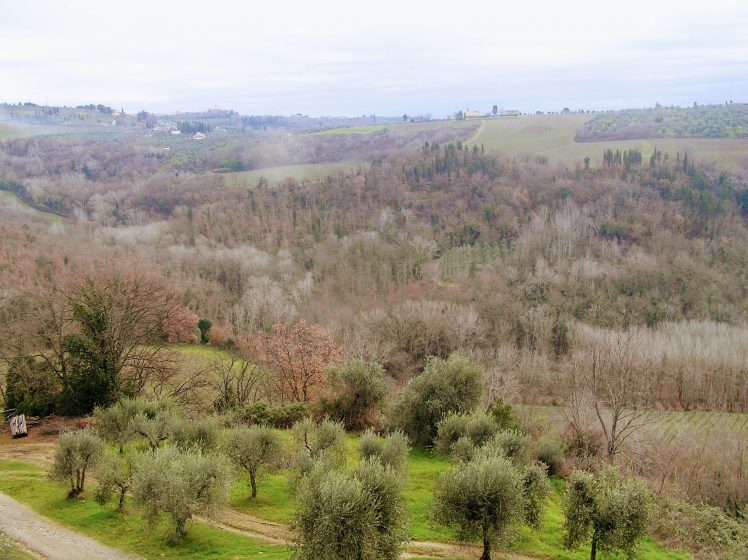
A promising example in this vein comes from Italy (not a developing country in this case, but one with a long history of people shaping their landscapes for sustainable existence in harmony with nature). In one part of Tuscany, an organization called the Ancient Grains Association is attempting to bring back heritage wheat species as part of a sustainable landscape management model for an area that has suffered from rural abandonment and environmental degradation, in part a result of the globalization of the wheat industry, which has encouraged modern and calorie-efficient, but less sustainable, strains of wheat and incentivized the cultivation of a small number of high-profit, high-efficiency crops. A traditional landscape in this area comprised a richer mosaic of grapes, olives, forest patches, animal husbandry, and others activities. One major factor that the Ancient Grains Association has identified as crucial to its success is local government action to support growing ancient strains of wheat. Cultivation of these strains has been proven to be possible without subsidies, but would be very difficult if less sustainable grains were subsidized. The local city council is already involved in asking local schools to buy the ancient grains, financing local events, and creating an agricultural reservation as a kind of common space to encourage this kind of project. These actions have led to the success of the project to date, and plans are ongoing to further upscale them in the future.
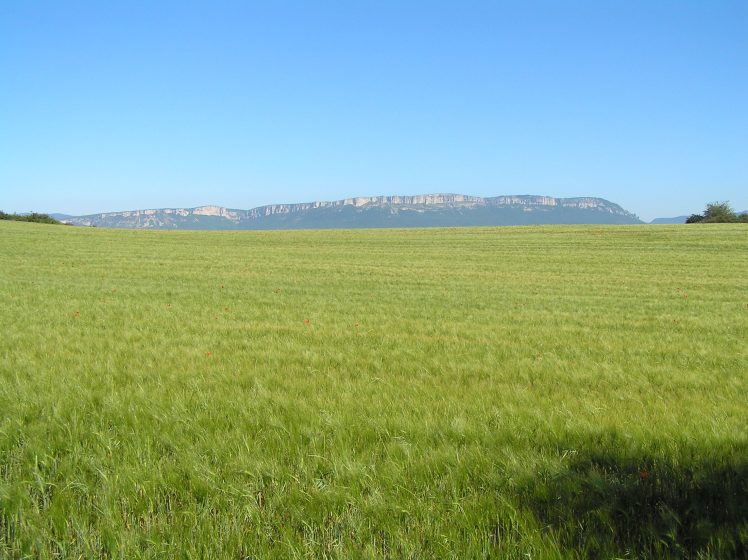
Feelings of alienation can result from this same trend toward globalization. When the people in the landscape feel that they are not in control of the policies and decisions that determine their well-being—that they are not active agents in a mutually-beneficial and harmonious relationship between people and nature in the landscape—they will naturally feel less responsibility to make sure that the landscape is managed in a sustainable manner that will be good for themselves, their communities and the natural environment for the long term. A landscape approach is intended to help with exactly this problem in that it is centered on the people in the landscape themselves, and by definition makes them the decision-makers and key stakeholders in management decisions, resulting in a sense of ownership and motivation to work for long-term sustainability.
Looking to the world of sustainable development, an example of a project strongly emphasizing stakeholder engagement and empowerment is the COMDEKS project, which is administered by UNDP and has been implemented in 20 developing countries around the world. This project works in targeted landscapes to create a “landscape strategy” for integrated landscape management and then promote work toward the strategy’s implementation. Key to the project’s success is that it has required communities in each landscape to examine their own priorities for improving their sustainability and resilience and to collectively agree on steps to take towards reaching those goals. An important principle here is that in many cases, the people in the communities themselves hold the knowledge of what is best for their own landscape, although they are sometimes denied the means to implement it or are otherwise incentivized not to. Since each landscape is unique, the knowledge of what results in sustainable landscape management is built up over people’s long-term interaction with the landscape. This is often called traditional, indigenous, or local knowledge, and in many cases this knowledge is updated, enhanced, or integrated with modern scientific knowledge, while new knowledge is always being developed.
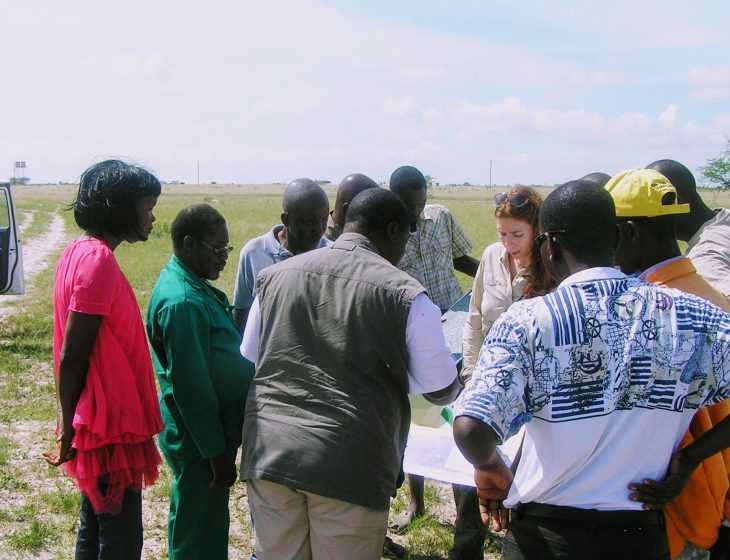
The American landscape itself provides famous examples of hard lessons learned where there was a lack of an integrated landscape strategy. One of these is the so-called Dust Bowl era, when a number of factors—perverse incentives leading to overproduction of cotton in an almost complete monoculture in some areas, alienation of the local farmers from the very decision-making processes that led to this imbalance, lack of a long-term strategy for sustainability—resulted in a landscape that proved tragically lacking in resilience in the face of changing environmental and economic pressures. Unfortunately, although this experience seems to provide a clear lesson, one look at much of the landscape in, for example, the American Midwest, where I grew up, shows that large-scale, monocultural agriculture, particularly of corn, still dominates. Is it likely a coincidence that the very landscapes where subsidies have promoted similar dependence on a single industry are the same ones where we hear the most about alienation and degradation both of the environment and the communities that live there? Maybe an integrated landscape management strategy for long-term sustainability and resilience—integrating diverse productive activities, interests, levels of governance, and ecosystem services in harmony with nature—is what is needed for the revitalization of these communities and to make their people feel they are truly the decision-makers and stakeholders in their own well-being.
Like anywhere else in the world, conditions in landscapes around the United States vary widely, so, as I have mentioned, there is no one approach that would work everywhere in the country. Still, the factors that characterize landscape approaches in general apply here as well. For one, any approach should include landscape diversity as one of its key factors, as diversity is strongly correlated with sustainability and resilience in many projects—for example, the “Indicators of Resilience” used in the COMDEKS Project encompasses these facets.
Meaningfully including landscape diversity means not only ecological diversity (although it is, of course, important), but also socioeconomic diversity. Readers of The Nature of Cities will be very familiar with the danger of urban areas relying on one or a small number of industries, as in the famous case of Detroit. The same principles apply as in rural areas of Oklahoma in the Dust Bowl—Detroit’s automobile-based economy can be seen as a kind of industrial monoculture and an example of the lack of resilience that comes from reliance on this kind of monoculture. The American landscape overall might be a very different place if communities were incentivized to remake their landscapes as bioculturally diverse mosaics of different land-uses and production activities, taking advantage of the knowledge that has been gained in the past and feeling deeply engaged in the future direction of their own lands.
Ultimately, the point of this essay is that we need policies that will help, not hinder, this goal. We need a well-thought-out and comprehensive vision of the landscape at multiple scales—from the perspective of the individual land-holder all the way up to large-scale policies on infrastructure and economic incentives—that will result in sustainable, resilient, fulfilling, and healthy communities committed to improving their own well-being. The examples provided here are of a few efforts being made in this direction in other parts of the world, and are meant to point to lessons that the United States can learn from when addressing sustainable development. Those who want to improve the American landscape should not be averse to looking at how landscapes are approached elsewhere, even in the developing world, as a source of good ideas and knowledge. If I can climb back on my soapbox just a little at the end here, I propose that this may even be a way to help bring some sanity into our sometimes-crazy politics.
As one last note, I would like to invite readers to post any comments below, but particularly I am interested to hear about any examples of positive landscape approaches in the States, as I have not found many in my limited research. I hope this essay can be the beginning of a dialogue about this important topic.
William Dunbar
Tokyo


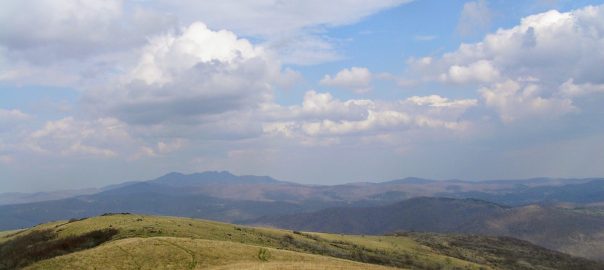
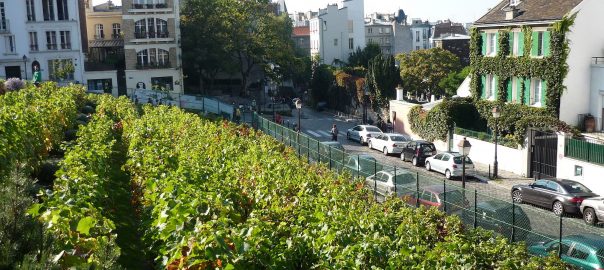



Leave a Reply